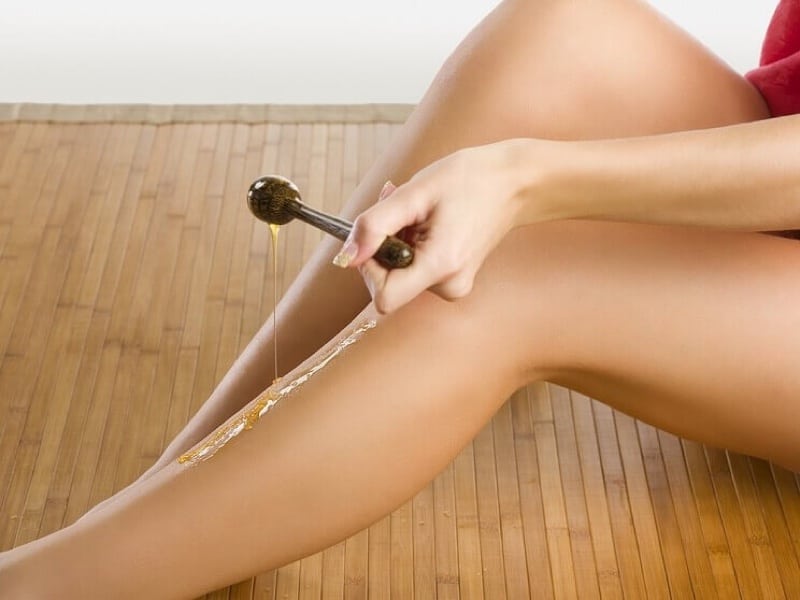Hair removal is one of the most time-consuming parts of a regular beauty routine, and it’s no wonder than many people, men and women both, are looking to laser hair removal and other permanent or semi-permanent hair treatments to cut down on the time they spend to get smooth skin.
Modern laser hair removal doesn’t take long, is significantly more comfortable than older treatments, and lasts longer than early versions of the technology. That doesn’t mean that you shouldn’t prep for laser hair removal, whether you’re performing the treatment yourself at home or getting professional treatments from your local spa or dermatologist.
Following these tips will help you get the most out of your treatments and can even reduce the number of hair removal treatments you need.
These tips will also help make laser hair removal more permanent, reducing the need for touch-up treatments later.
Chapter Overview
Exfoliate and Moisturize:
One of the most important steps you can take to make sure you don’t need repeated hair removal treatments and to help each treatment last longer is to exfoliate and moisturize wherever you’re wanting to remove hair.
This is important regardless of what hair removal method you use and can even help temporary hair removal methods like shaving to last longer. That’s because exfoliating lets your hair removal treatment get closer to your skin and better target your hair.
This step is critical for laser hair removal in particular. because it’s easier for the laser to target each hair follicle without dead skin cells and dark patches obstructing their work.
Moisturizing helps to smooth out your skin and counteract any damage from hair removal and reduce any possible irritation from your treatment.
Plan Hair Removal Toward Mid-Day or Evening:
It’s important not to try hair removal too early in the morning, especially if you’re removing hair from your legs or face. That’s because your skin, especially on your legs and face, can swell slightly overnight. That mild swelling surrounds your hair, pulling it further into the hair follicle.
Laser relies on there being clear differences between your skin and the hair follicle, but those differences are harder to spot when your skin is slightly swollen and has begun to obscure the follicle.
If you plan hair removal for mid-day, you’ll give your skin a little more time to recover from swelling overnight, making it more effective. You can even wait until evening, though you might have slightly more skin swelling by evening than you would at mid-day.
While the difference can be fairly minor, concentrating your hair removal around times when it’s most effective will reduce the number of treatments you need.
Use Sunscreen and Avoid Excess Sun / Tanning Before Your Treatment
For up to 6 weeks before a laser hair removal treatment, you should avoid spending too much time in the sun without sunscreen, and avoid tanning altogether.
That’s because laser treatments look for high concentrations of melanin in your skin (one reason that laser hair removal is often less effective for people of color than it is for people with white, or low-melanin, skin). Melanin naturally concentrates in your hair follicles, making higher concentrations of melanin a great indicator of active follicles.
However, spending a lot of time in the sun or a tanning bed can increase the amount of melanin in your skill, making the concentration in your hair follicles easier to miss.
That can mean that your laser treatment doesn’t affect the hair follicle at all, or, in the worst cases, even cause damage to the skin around your hair follicle from targeting too broad an area.
Plan Treatments 4 Weeks Apart
The last trick to reduce how many laser treatments you need is to schedule each treatment exactly 4 weeks apart. That’s because 4 weeks is the sweet spot between letting your skin recover and making sure you can permanently stop hair follicles from growing new hair.
Your hair follicles will try to recover from your first treatments, and the hardiest follicles will succeed. But at 4-week intervals, there will still be some damage in the follicle, making the next treatment more effective.
Scheduling too close together can damage your skin and doesn’t offer better results, and treatments that are 6-8 weeks apart give some hair follicles too much time to recover, increasing the chances that they’ll start growing fresh hairs sooner.

